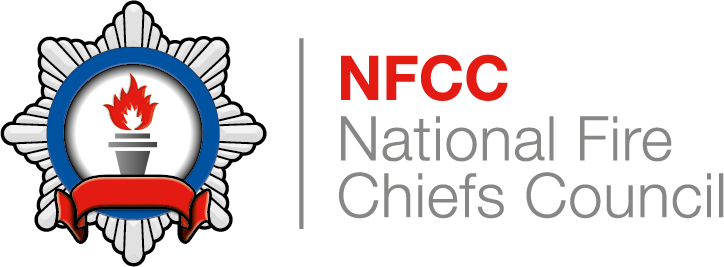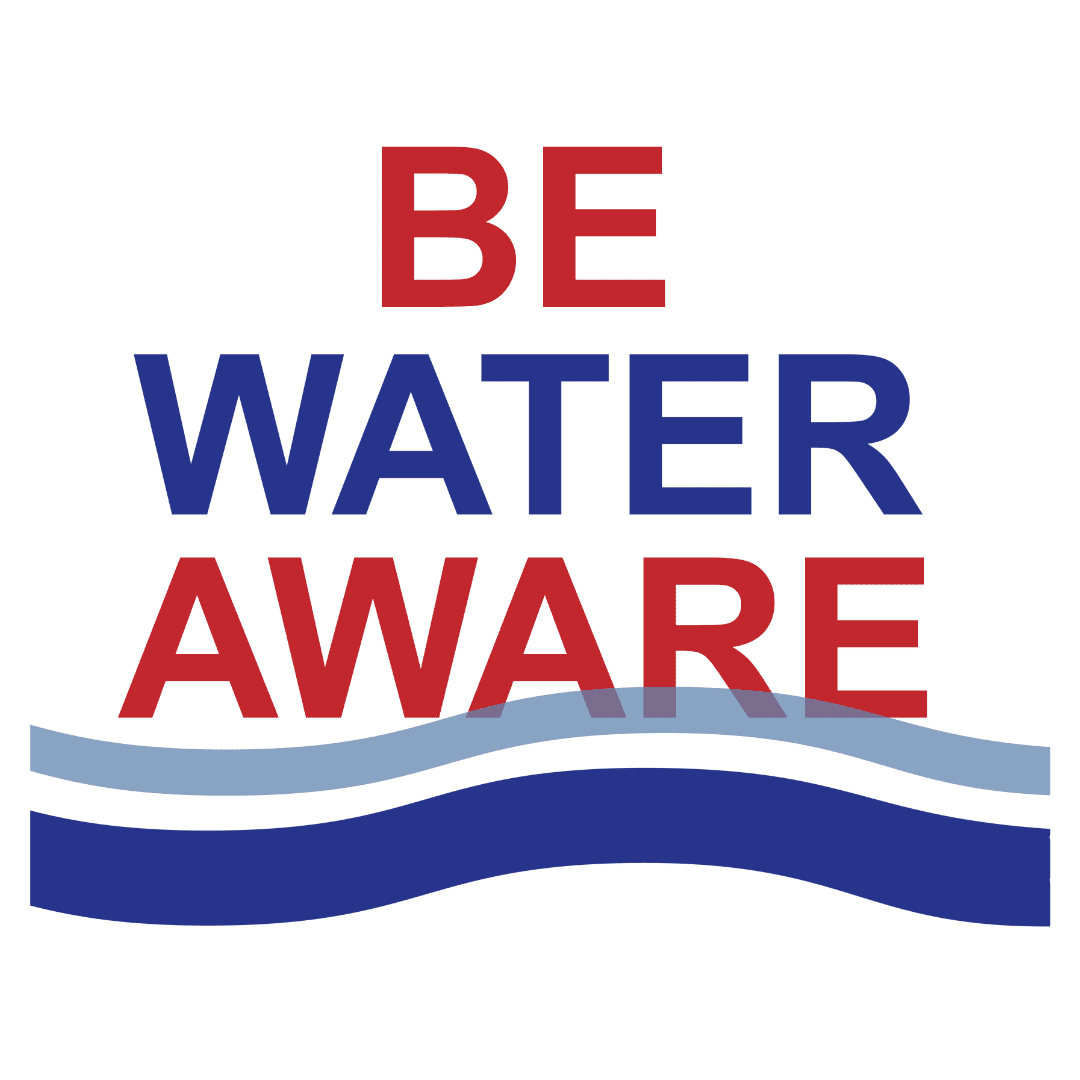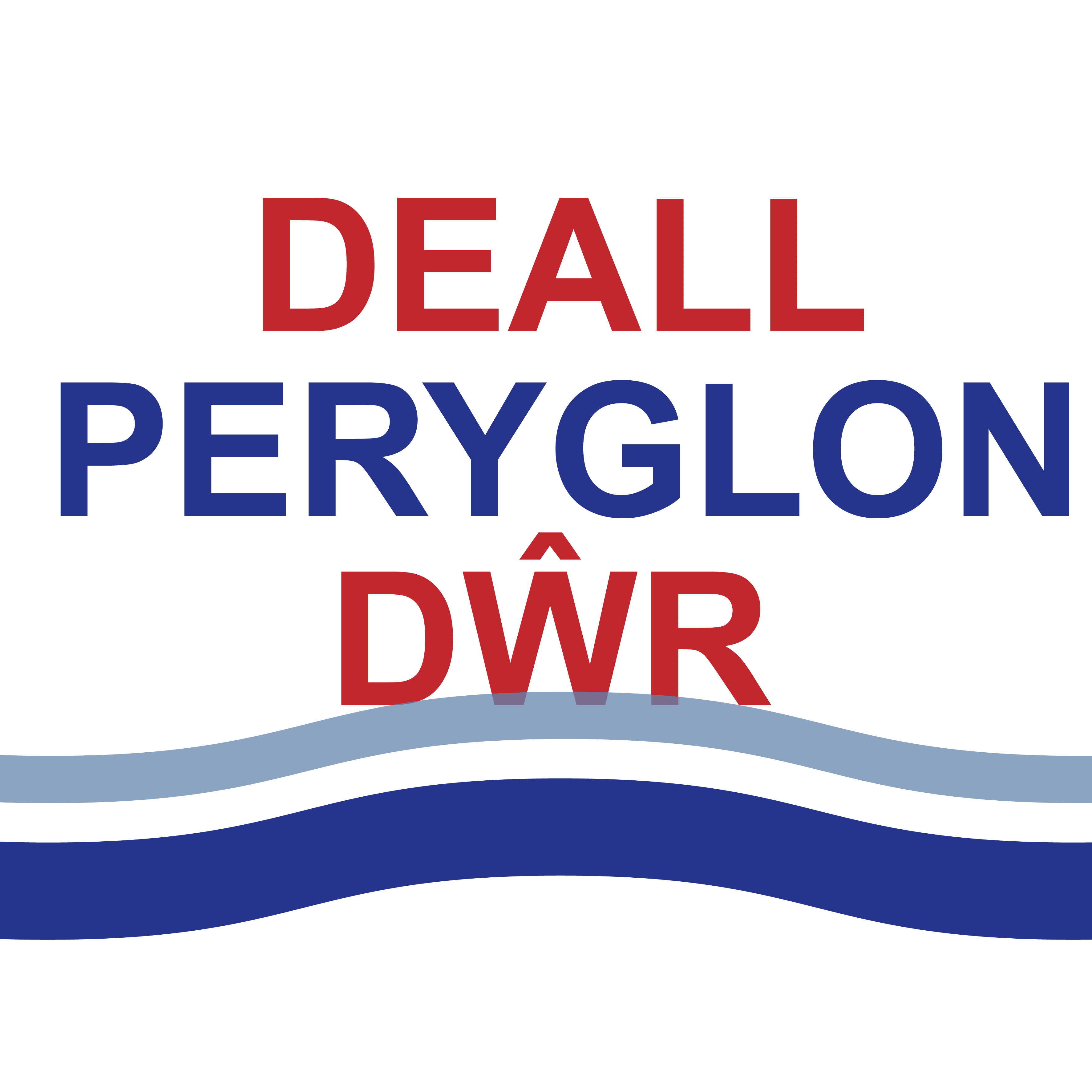Be Water Aware

The National Fire Chiefs Council’s (NFCC) Be Water Aware campaign will run from 28th April – 4th May. Its aim is to raise awareness about the risk of accidental drowning and provide safety advice ahead of the warmer months when these incidents can increase.
NFCC urges everyone to enjoy time in, on, and around water safely—whether at home or on holiday. Tragically, lives are lost every year in coastal and inland waters, but many of these deaths are preventable.
The Be Water Aware campaign is part of a coordinated effort to support the UK Drowning Prevention Strategy, which aims to achieve a 50% reduction in accidental drownings between 2016 and 2026.
NFCC encourages fire and rescue services, as well as partner organisations, to share vital safety information within their communities and on social media. Raising awareness is key to preventing accidental drownings, and the campaign highlights practical advice, such as what to do if you see someone in trouble in the water.
Key Messages
Respect the water. It's stronger than you think
Most accidental drownings in the UK occur in inland waterways like rivers, canals, lakes, reservoirs, and quarries. Even calm-looking water can have strong currents, cold temperatures, and hidden dangers.
More information and resource are available as part of the National Water Safety Forum’s (NWSF) Respect the Water campaign. This national campaign was created by member organisations including NFCC. Resources and information can be used throughout the year.
Cold water can kill
Cold water shock can affect your ability swim, even in summer the water can be very cold. Enter water slowly to acclimatise rather than jumping in.
Find out more about cold water shock.
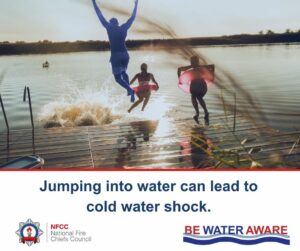
Stay safe near open water
Most people who drown had no intention of entering the water, such as people walking and causes being slips, trip and falls.
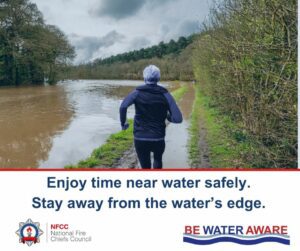
Know what to do in an emergency
Call 999 for help if someone is in trouble in the water. Never enter the water to attempt a rescue. Ask for the Coastguard at the coast.
Tell them to float on their back.
Throw them something that floats this can be lifesaving equipment such as a throwline, but anything that floats can help save a life.
Float to live
If you fall into water unexpectedly, fight the instinct to thrash, tilt your head back, spread your arms and legs, and float to regain control of your breathing.
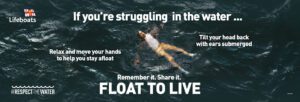
Alcohol and water don’t mix
Annually a number of drowning incidents involve alcohol and/or drugs. Choosing to enter the water while under the influence or walking a route next to water after a night out can lead to drowning.

Inland Water Safety Position Statement
In September 2024, NFCC released our Inland Water position statement. It highlights the differing statutory responsibilities across the UK. One of the key areas it outlines is that English FRS do respond to inland water rescue incidents using existing general powers and resources, but there is no statutory duty for them to do so. This means there is limited investment and resources in this area, and this can vary across the English FRS. The lack of clear statutory duty means there is no dedicated continuous funding for FRS inland water safety response and prevention work.
The recommendations in the position statement outline NFCC’s ask of government some of which have the potential to bolster fire and rescue service water safety prevention efforts including work with partners through the National Water Safety Forum.
Special Education Needs Water Safety Resources Launched on StayWise
The new resources are hosted on the StayWise platform with additional guidance on their use. They are designed to support people with special education needs using Makaton and Wigit to aid communication. The resources were developed following a project by Shropshire Fire and Rescue Service where they have successfully been used to support water safety education.
Create a StayWise account to download and use the resources.
The Waterside Responder Scheme
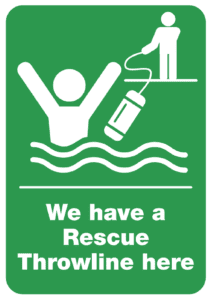
The Scheme was developed by RNLI and piloted by Tyne and Wear Fire and Rescue Service in 2017. It allows staff employed by businesses based near water, so they have basic water safety skills and knowledge. The training ranges from enabling them to provide water safety advice to the public and basic incident response such as how to contact the emergency services and how to use a throwline. Businesses will then have a throwline for the premises so trained staff can assist in rescuing someone from the water ahead of the arrival of emergency services.
There are real benefits to this training being delivered to all kinds of businesses near water but particularly night-time economy businesses. The training is free and has been delivered to more than 260 venues across the UK which has saved lives.
Fire and rescue services can encourage businesses to receive the free training, or you could explore whether this is training you can complete with RNLI to help deliver training to businesses.
More information and how to get in touch with RNLI about the scheme can be found on the RNLI website or get in touch with NFCC if you wish to discuss with another fire service the benefits they have seen from the scheme for their local communities.
Resources to Support Be Water Aware
Enhanced WAID statistics 2019-2023
A research project was undertaken by RoSPA on behalf of the National Water Safety Forum and has seen improvements to the WAID dataset covering the period from 2019. The WAID Enhancement Project was undertaken to improve the WAID dataset, using coroner and media reports to overturn the number of “not recorded” outcomes.
The purpose of this was to provide the UK Drowning Prevention Strategy Review with an up-to-date and robust data set, one which could more accurately measure against the UK Drowning Prevention Strategy baseline.
This latest data has been used for Be Water Aware 2025.
